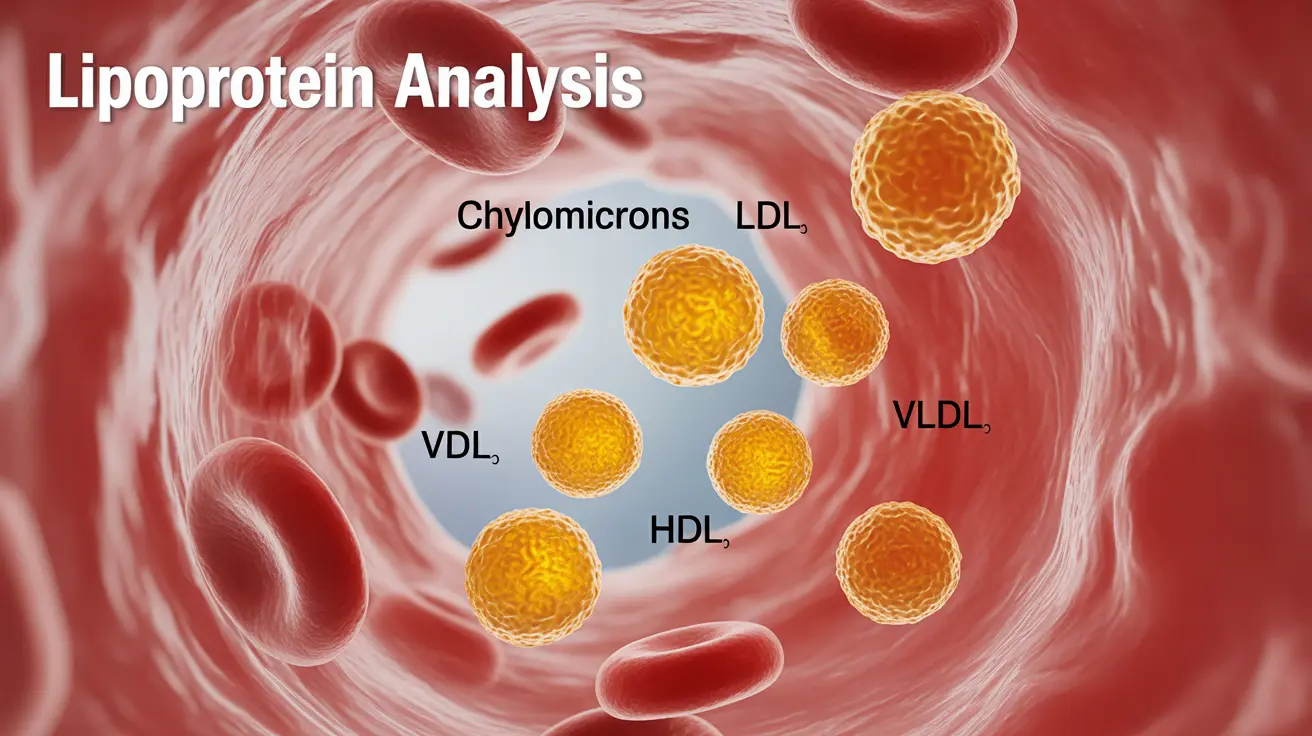Hyperlipoproteinemia is a complex metabolic disorder characterized by abnormally high levels of lipoproteins and lipids in the blood. This condition can significantly impact cardiovascular health and requires careful medical attention and lifestyle management. Understanding its causes, symptoms, and treatment options is crucial for effective management and prevention of serious complications.
This comprehensive guide explores the essential aspects of hyperlipoproteinemia, including its various types, risk factors, and the latest treatment approaches available to patients.
What is Hyperlipoproteinemia?
Hyperlipoproteinemia occurs when there are elevated levels of specific lipoproteins in the bloodstream. These lipoproteins are responsible for transporting cholesterol, triglycerides, and other fats throughout the body. When their levels become excessive, it can lead to serious health complications, particularly affecting the cardiovascular system.
Types and Classifications
There are several distinct types of hyperlipoproteinemia, each with unique characteristics:
- Type I: Characterized by severely elevated chylomicrons
- Type II: Involves increased LDL cholesterol levels
- Type III: Features elevated intermediate-density lipoproteins
- Type IV: Shows high levels of very-low-density lipoproteins
- Type V: Combines elevated chylomicrons and very-low-density lipoproteins
Risk Factors and Causes
Hyperlipoproteinemia can develop due to various factors:
Genetic Factors
Some forms of hyperlipoproteinemia are inherited through genetic mutations affecting lipoprotein metabolism. These inherited forms often manifest early in life and may require lifelong management.
Lifestyle Factors
Several lifestyle-related factors can contribute to the development of hyperlipoproteinemia:
- Poor dietary choices high in saturated fats
- Lack of regular physical activity
- Obesity
- Excessive alcohol consumption
- Smoking
Diagnosis and Testing
Diagnosing hyperlipoproteinemia typically involves comprehensive blood testing and medical evaluation. Healthcare providers will usually order:
- Lipid panel tests
- Genetic testing (when hereditary forms are suspected)
- Physical examination
- Complete medical history review
Treatment Approaches
Medical Management
Treatment often involves a combination of approaches:
- Statins to lower cholesterol levels
- Fibrates for triglyceride reduction
- Niacin supplements
- Other lipid-lowering medications as prescribed
Lifestyle Modifications
Essential lifestyle changes play a crucial role in managing hyperlipoproteinemia:
- Adopting a heart-healthy diet
- Regular exercise (at least 150 minutes weekly)
- Weight management
- Smoking cessation
- Limiting alcohol intake
Prevention and Long-term Management
Preventing complications of hyperlipoproteinemia requires ongoing attention to:
- Regular medical check-ups
- Consistent medication adherence
- Lifestyle maintenance
- Stress management
- Regular monitoring of lipid levels
Frequently Asked Questions
What are the primary causes of hyperlipoproteinemia, and how does it affect overall health?
Hyperlipoproteinemia can be caused by genetic factors or lifestyle choices. It primarily affects overall health by increasing the risk of cardiovascular disease, atherosclerosis, and other circulatory problems. The condition can impact multiple organ systems and requires comprehensive management.How is hyperlipoproteinemia diagnosed, and what tests are typically used for diagnosis?
Diagnosis typically involves comprehensive blood tests, including a complete lipid panel that measures various types of cholesterol and triglycerides. Additional testing may include genetic screening, particularly in cases where hereditary forms are suspected.What are the most effective treatments for hyperlipoproteinemia, including lifestyle changes and medications?
The most effective treatments combine medication (such as statins or fibrates) with lifestyle modifications. Key lifestyle changes include adopting a heart-healthy diet, regular exercise, weight management, and smoking cessation.How does hyperlipoproteinemia increase the risk of cardiovascular diseases, and what steps can be taken to reduce this risk?
Hyperlipoproteinemia increases cardiovascular risk by promoting the buildup of plaque in arteries. Risk reduction strategies include maintaining healthy lipid levels through medication adherence, regular exercise, dietary modifications, and regular medical monitoring.What dietary changes can help manage or prevent complications associated with hyperlipoproteinemia?
Key dietary changes include reducing saturated fat intake, increasing fiber consumption, limiting processed foods, incorporating heart-healthy fats, and maintaining a balanced, nutrient-rich diet. Portion control and regular meal timing are also important factors.




